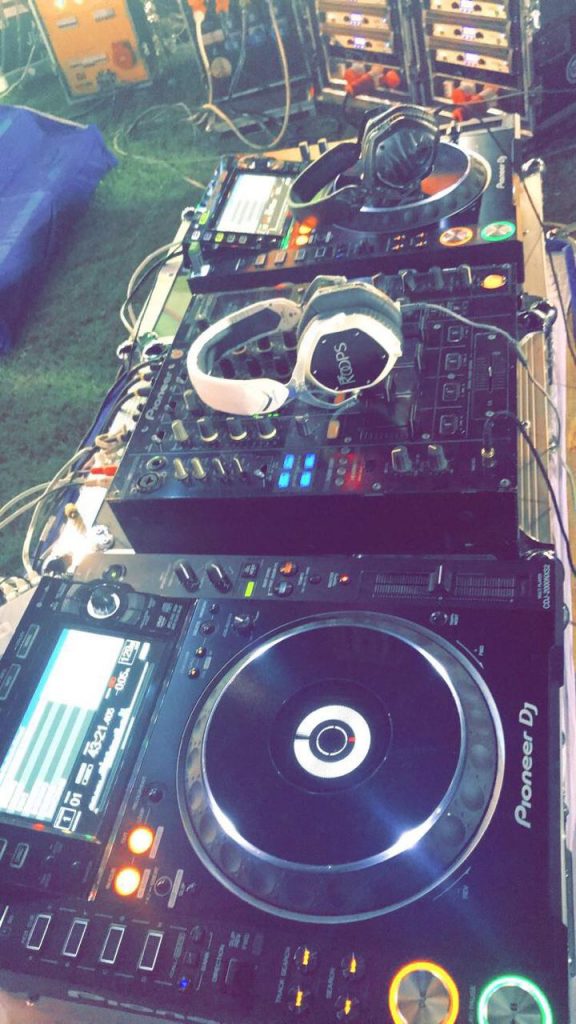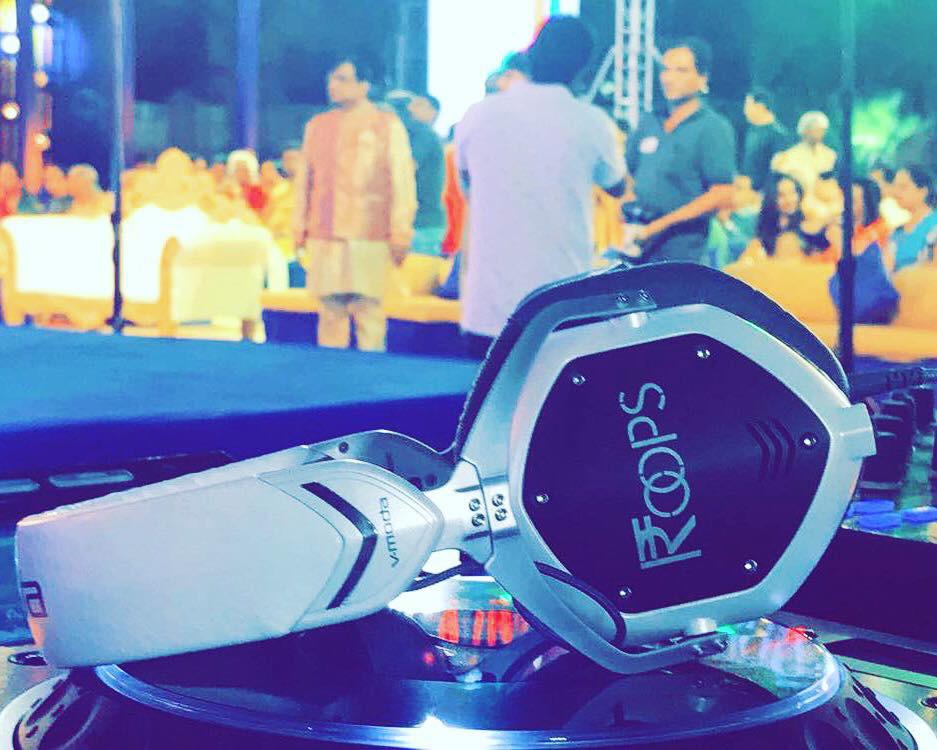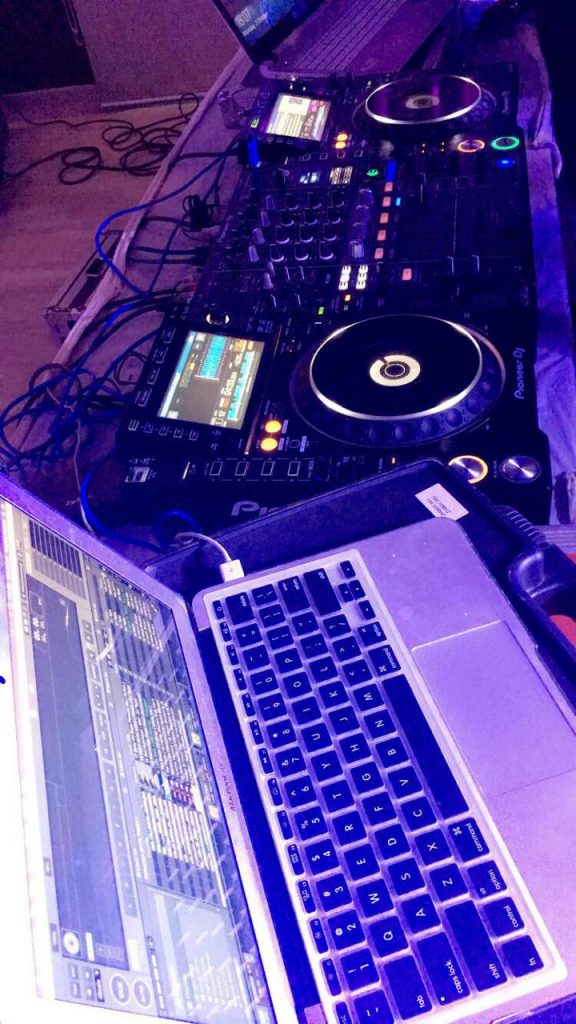
The importance of selecting the right music to play in restaurants can never be underestimated – that is what sets the vibe of the restaurant and influences the mood of the diner. Whether it is a tinkling piano playing in the background of a restaurant or more energetic music at a youthful pub, a gig at a café or music to go with the décor and kind of food being served, it is important for food entrepreneurs to understand the role music can play in enhancing the dining experience. But, recent scientific studies have shown that sound can be used to make food taste better.
This subject called Sonic Seasoning looks at music beyond accompaniment to a meal. In this article DJ Roopalee talks about how music can enhance taste for diners.
Well, for a person like me who is both a music professional and a foodie, I truly believe that Music and Food goes hand in hand, taking the diner’s mind one level up. Music affects our mood, our energy level, how we distinguish the world, and even how we taste the food at the restaurant we happen to be dining in.
There are two ways music can affect how client’s experience the food in front of them. First, the kind of music you play can have an impact on how the meal is received and perceived–well before it’s tasted. Classical music, for example, has been shown to make diners perceive their dish selection on a more high – end platform. Think Bach Orchestral Suite 3 for a fine dine restaurant or a beautiful classical piece of sitar music for an Indian theme restaurant. Jazz music also lends some class to a fine garden restaurant.

But, what’s more, music in your restaurant can also change how food tastes. Ye, It’s important to remember that eating is a multi-sensory experience. When we eat, we tend to think of taste happening only on the tongue. If you have a cold, though, you realize how important your nose is, too. You enjoy seeing, smelling and tasting the food, then what about the fouth sense of hearing? How we taste our food is actually affected by all of our senses, from the way the food feels in our mouth to how it sounds (crispy is a favourite of the eating experience) and how it looks on the plate. Beyond the food itself, our surroundings affect our tasting experience, as well. That includes the colors around us, the temperature of the room and, yes, the music we hear.
Charles Spence is a professor at Oxford’s Crossmodal Research Lab, who over the years, he has spearheaded research that listening to certain kinds of music can in fact make certain tastes more prominent than others.
For instance, music that patrons find too loud can actually suppress their taste buds. Loud music overwhelms flavor and makes food taste bland. Music from higher-pitched instruments can enhance sweet and sour tastes, while music played at a lower pitch can enhance bitter tastes.

So, a cheerful pop-culture theme music might actually enhance the flavour of cupcakes or ice cream at a cafe. On the other hand Hard Rock will bring out the bitterness in your coffee and dark chocolate selections, like your tiramisu. From the tinkling piano to deep resonant sounds, each kind of music has an impact on taste.
Playing the wrong music can be grating to restaurant patrons. It can make them uncomfortable, antsy, or downright annoyed. And it can affect how long they linger over their food.
But play the right music, and you could make your patrons feel at ease, reduce social anxiety, foster connection, and make them stay longer. Playing restaurant music with a slower beat also slows down your clients and makes them feel comfortable. They will eat slower and stay longer.
If your restaurant is one that prides itself on being a neighborhood hangout, where people stay for long breakfasts or several coffees, you might consider playing some piano or other soft instrumental music.
Customers are also more likely to feel at home with music they know and like. But knowing just the right “classic” music to play requires you to dive deep into your audience persona.
Also it matters, who does your restaurant target? If they’re Gen X professionals, you might be able to get away with typical hits from the 90s, mixed with some more contemporary artists.
The kind of music you play also depends on the energy and size of your crowd. Let’s say you’re a casual dining spot that’s open for lunch and dinner during the week and brunch on the weekends.
If your crowd is large and lively, more upbeat, slightly louder music can match their mood and keep the atmosphere warm and welcoming. If your restaurant is slower between typical mealtimes, a quieter playlist will reflect the smaller crowd and won’t drown out their conversations.
But try going even deeper than that. Is your concept a family restaurant? Adding Nirvana to the dinner playlist might not be a good idea. Last, but certainly not least, your restaurant music should match your restaurant’s values, mission, and concept. Just make sure you go beyond the canned theme music that everyone expects.
Certain types of music have even been shown to stimulate parts of the brain and enhance memory. Imagine what the right kind of music could do for your restaurant. Music itself is a therapy, it has a tremendous power to heal so as food. IF you know how to combine both and serve, there is no looking back for your food outlet.
Planning your music and playlist
Restaurants pay much importance to their interiors, furniture and kitchen design but few focus much on the music that can enhance the diner’s experience. It is a good idea to consult professionals like a sound engineer, sound designer and people knowledgeable about the music in your restaurant.
These are some points to consider:
1. Match the volume of music and sound systems to the size of the restaurant and alter it based on the number of guests.
2. Match music with your brand, target clientele, cuisine or decor theme.
3. Update your playlist frequently keeping in mind repeat guests.
4. Mix the genre, band, and tempo so the music does not get too monotonous.
5. Select your playlist based on the time of the day eg calm and uplifting for breakfast, more energetic as the day goes on.
6. Don’t play music too loudly, it can spoil the experience of family outings, business meetings or romantic dates
7. Play slow tempo music to encourage guests to linger or more energetic music to make guests eat faster.
8. Be sensitive to patient’s requests. For example, intense sensitivity to sound is a common autism symptom so if a parent complains that loud music is disturbing an autistic child take him or her seriously.
9. Sound absorbing panels and design features can improve acoustic.
10. Train the staff on the use of sound systems so they can alter the playlist and volume as required by clients.










Excellent 👌 –
Wonderfully informative article!
Thanks for all the insights!